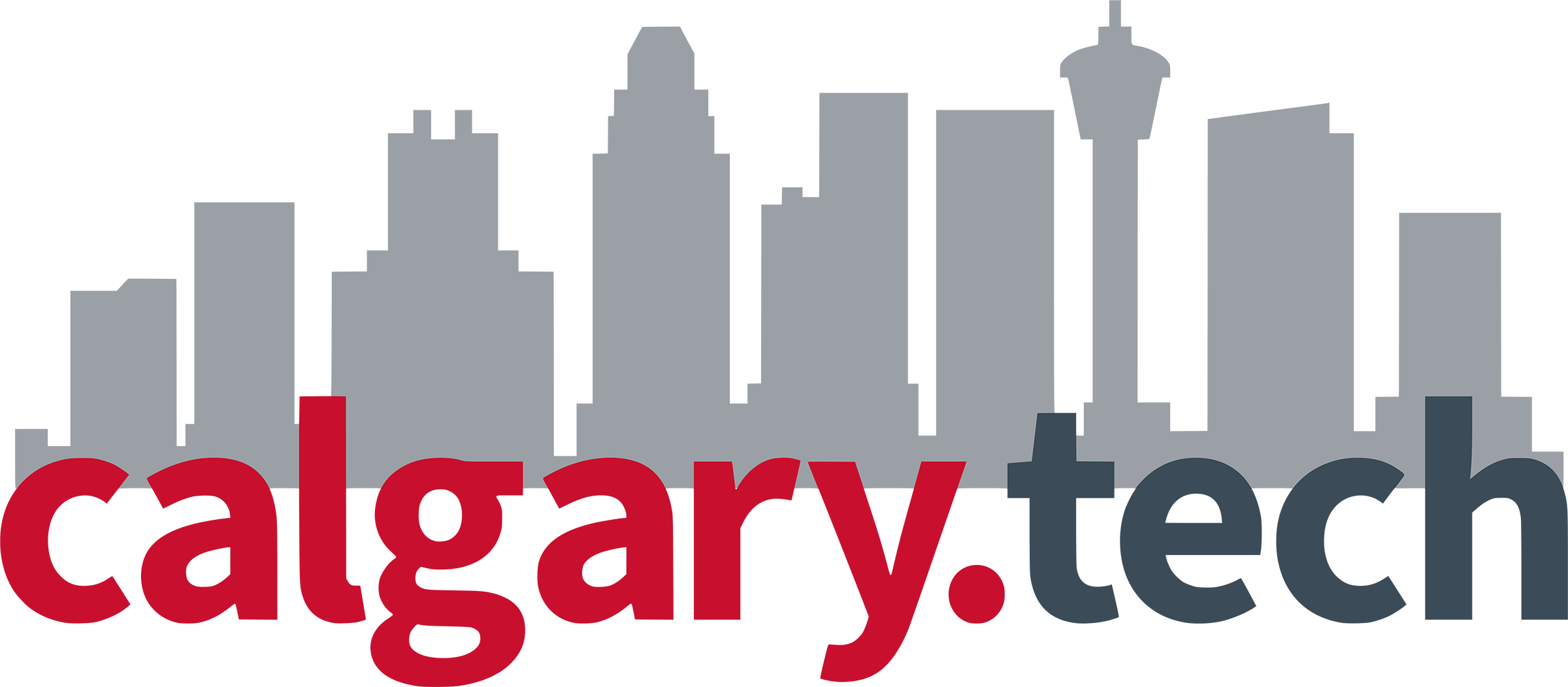
Last year, the Canadian Broadcasting Corporation posited that the province of Alberta was on the verge of a “solar power gold rush.”
Not long after, the federal government unveiled $160 million in investment for an array of solar projects across Alberta.
But recently, Premier Danielle Smith temporarily halted “renewable energy” development in the province in order to more optimally integrate clean-tech into the region’s existing energy infrastructure and economy.
A concept called “agrivoltaics” gaining steam in the US may be able to help solve energy grid tension in Alberta.
Also known as “agri-solar,” the concept is commonly defined as the occurrence of solar energy harvesting and agricultural farming on the same plot of land at the same time. At first it sounds impossible—or at least inefficient—but the idea goes back decades.
Originally conceived in the early 1980s, the wheelhouse of agrivoltaics provides ample opportunity to integrate solar technology into Alberta’s land, according to solar researcher Joshua Pearce.
His work suggests that solar tech and conventional farming are ready to merge.
In writing for The Conversation, Pearce notes how his research has shown that agrivoltaics can provide higher economic productivity, more energy, and superior food yields. And a region such as Alberta stands to benefit more than other areas, he believes.
“Agrivoltaics will allow Alberta’s farmers to keep farming, make more money, drop energy costs, and help protect the environment for all of our children,” writes Pearce. “We did a study that looked specifically at Alberta’s agrivoltaic potential, which was second only to Saskatchewan in Canada.”
According to Pearce, the key is to install solar systems that do no interfere with conventional farming.
“By spacing solar rows out far enough that combines/tractors can drive between them using vertical racks or tracker systems, agrivoltaics are out of the way when the farmer needs to farm,” he explains. “Farmers love it as it increases yields and provides steady incomes.”
The global agrivoltaics market was valued at more than $3 billion in 2021, according to analysis from Allied Marked Research, which projects the market to reach over $9 billion by 2031.
Organizations such as Agrovoltaics Canada are already forming to help shape and take advantage of this emerging and growing market.
The concept of agri-solar could also be utilized in collaboration with other Alberta-based innovation, such as the solar energy system developed by Calgary startup SolarSteam.
While agri-solar is contemplated on the table, another clean-tech seeing interest and investment is hydrogen.
As Deloitte forecasts the worldwide hydrogen market at $11 trillion a year by 2050, Alberta is already the largest hydrogen producer in Canada.
The Province announced in August $50 million to support researchers, innovators, companies and industry to develop technologies critical to advancing the region’s Hydrogen Roadmap and Natural Gas Strategy.
On top of that, The Hydrogen Centre of Excellence was launched to accelerate technology and innovation across the hydrogen value chain, from production to end use.



Leave a Reply